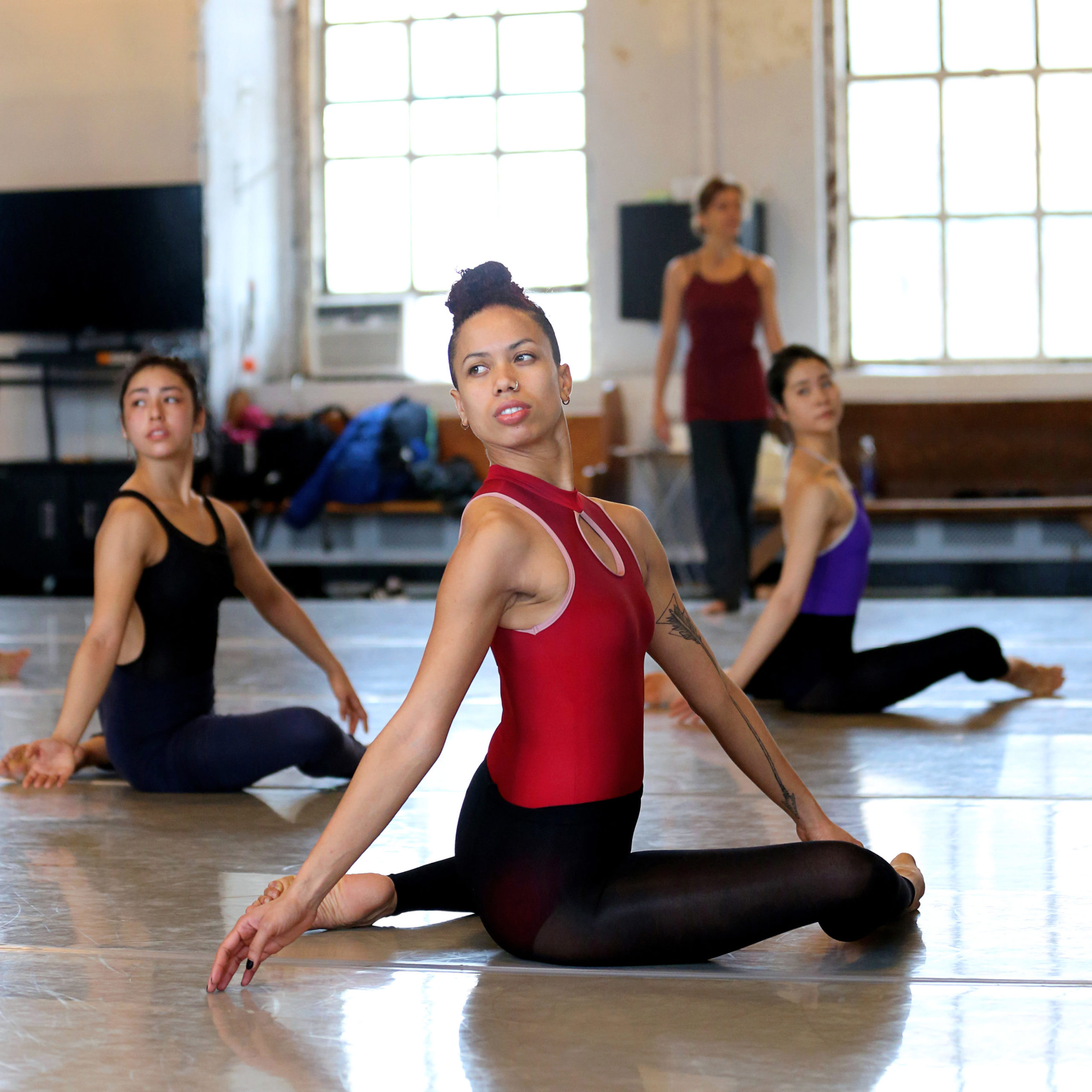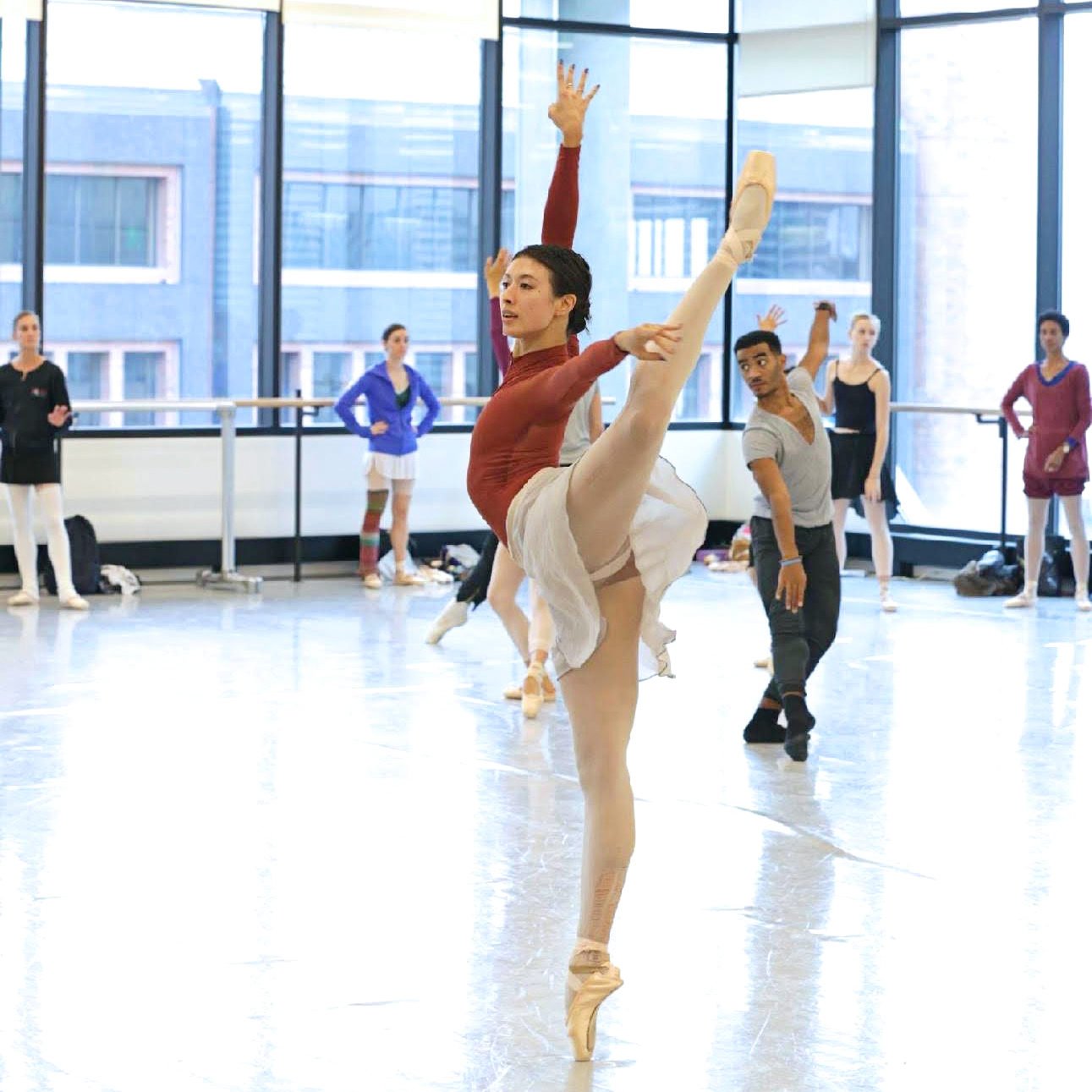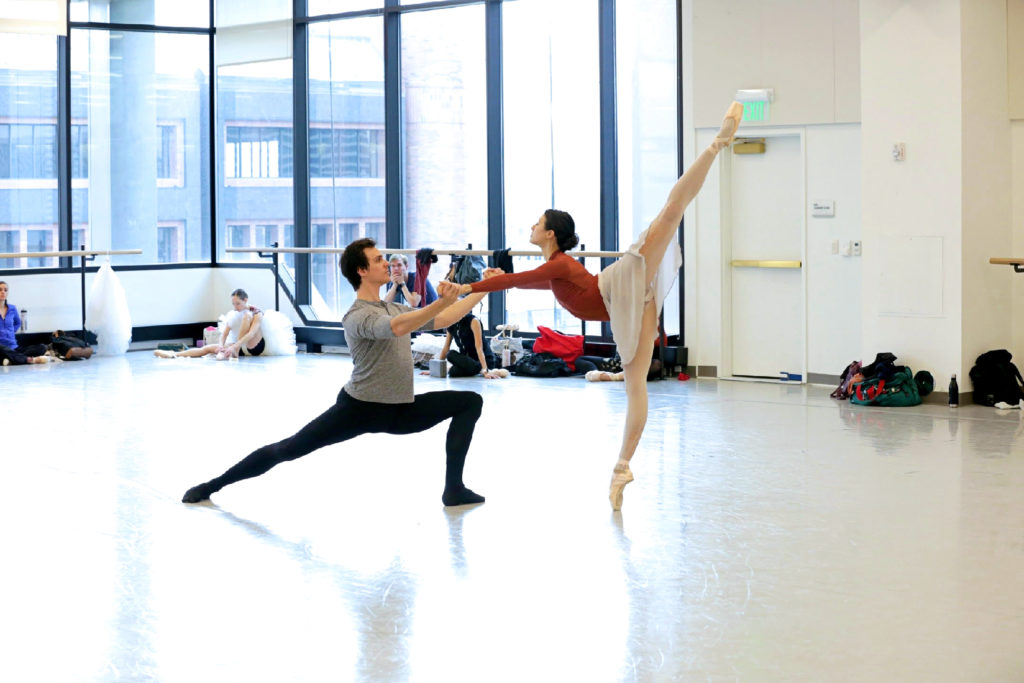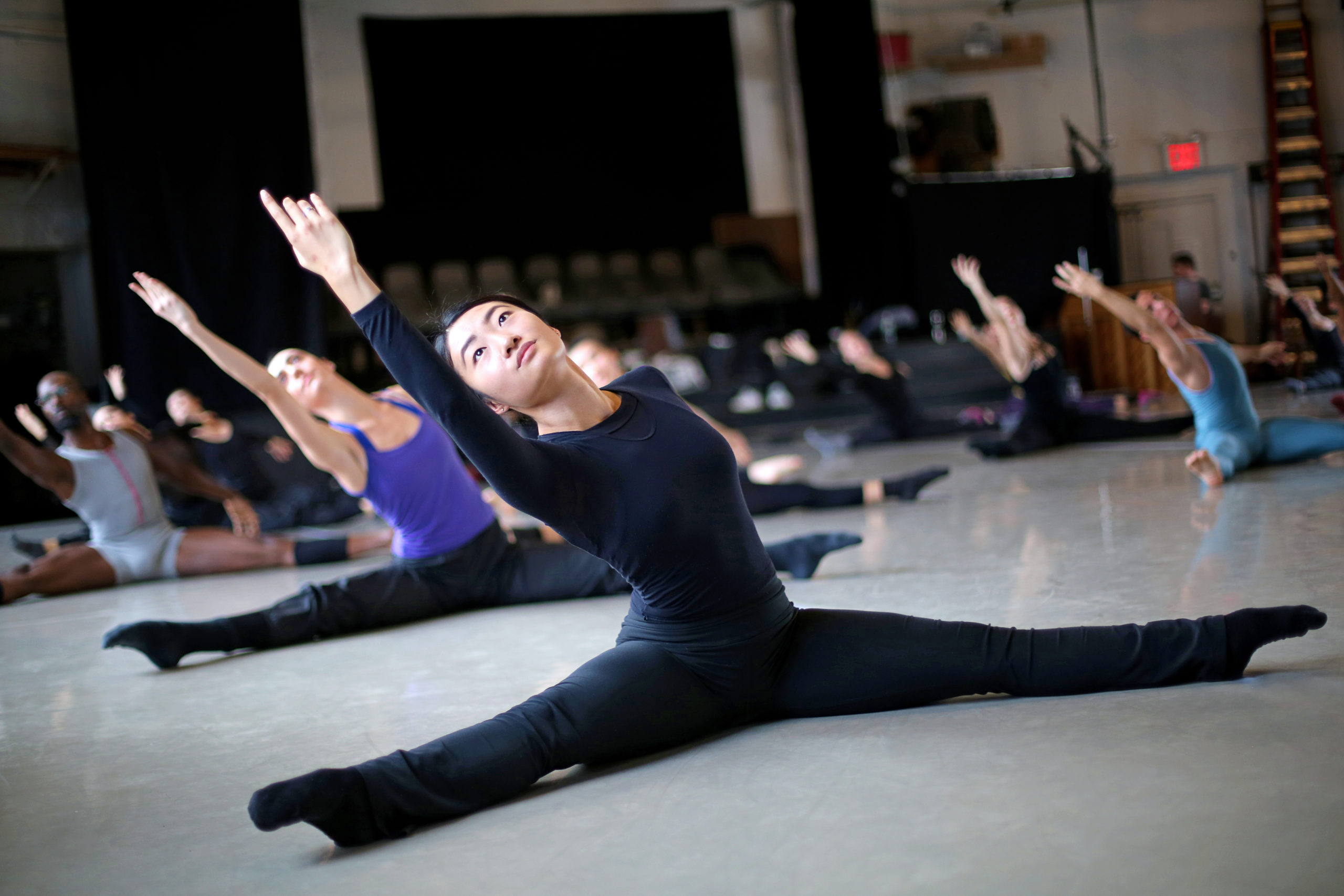What to Look For in a Postgrad Training Program
Postgrad training programs have long held an important, if complicated, place in the dance industry. At their best, these experiences for young adults on the cusp of their careers—like ballet trainee programs, commercial-studio professional semesters and pre-professional companies—can give students pro-level experiences and crucial industry connections. At their worst, they sell false hope in exchange for sky-high tuition.
A poster child for postgrad training success, former Ballet West soloist Emily Neale got her professional start through two different schools. The first was a few years with Ellison Ballet, finishing at age 20. The program isn’t connected to any company in particular, but is committed to getting dancers company-ready. “Though the school didn’t facilitate auditions, there was a goal of having 100 percent of students graduate with a professional contract,” she says. However, Neale herself left Ellison with a Ballet West traineeship, and the prospect of a future there. “I knew it was a good step because it gave me exposure to the director of the company, Adam Sklute,” she says. As a 21-year-old trainee, Neale was given occasional performance opportunities with the company—proving her readiness; one year later, she saw the fruits of her postgrad training labors with a position at Ballet West II. Two months after that, she joined the corps de ballet.

But despite benefitting hugely from postgrad training programs, Neale is not convinced her experience is the norm. “Even though Ballet West puts emphasis on hiring from within the establishment, most dancers who went through the trainee program with me did not get contracts, and they were really disappointed,” she says. “To them, it was an unfulfilled promise.” Unfortunately, this is a problem dancers face at schools all around the country. Too often, they spend years in programs without any concrete potential of booking the job.
So how can dancers judge which camp they’ll fall into: success and dream realization, or disappointment and financial loss?
Tell It to Me Straight
Postgrad training programs vary wildly, and unlike a college degree, they aren’t regulated by any higher body. So how can you judge the kinds of opportunities and connections you’ll actually get? The short answer: Ask.
“Dancers need to be prepared to ask directors what they see for you and your future with the company before joining the program,” says Laveen Naidu, director of dance at The St. James and former executive director of Dance Theatre of Harlem. “You may fear that you will appear arrogant, but it’s always better to ask the question now than to find out years down the road.”
Before Neale accepted the traineeship at Ballet West, she had a frank conversation with Sklute about whether or not he had real interest in her. He let her know that while he didn’t have any company contracts to give out at the time, he thought she was company-ready. “If you’re going into a trainee program knowing that you need more work before you are ready to take the stage, there is a higher risk the program won’t land you a company contract,” she says. “You may actually want to choose a school, like Ellison, where you can take the time to tie up loose ends.”

If it’s not realistic to speak with a company director, Jennifer Patten, who is the head of school at Martha Graham Dance Company, recommends contacting other administrative staff and faculty. “The Graham School has a dean of students who is a great person to speak to,” she says. “One of the most important things you can do for your career is go directly to the source and ask which kinds of opportunities the school offers, and what a path with them might realistically look like,” she says.
You should also invest in some outside research. Patten recommends Googling what graduates from the school have gone on to do in their careers. If the school is not affiliated with a company (like Broadway Dance Center’s Professional Semester, for example), you’ll get a sense of how prepared dancers are for the professional world when they leave. If you find your Google search to be fruitless, tap into your own dance network to see if any of your contacts know someone who has attended the program. “Talk to other dancers who have been there and ask them if there are opportunities for the director to see you,” Naidu says.
Is It a Vibe?
No matter what opportunities are offered by a program when it ends, it’s also important to get a sense of what the culture of the school will be like while you’re there. (No one wants to finish their final years of training with fresh trauma.) “Message people on social media and ask for honest feedback on what the energy is there,” Neale says. “The dance world has community members who are eager to help.” You might learn that the environment at a particular school is competitive and cutthroat, and decide that’s not the best match for your personality.
Patten recommends also doing a deep dive on the school’s Instagram account. “Social media can, of course, be filtered, but if they are sharing class clips or student spotlights, you can get a small glimpse into what life there might be like,” she says. Even better? Request to visit the school either in person or virtually for a drop-in class to see what it’s like yourself.
Follow the Money
With the cost of postgrad programs varying wildly, it can be hard to know if something is really worth the financial sacrifice, or if it’s simply a moneymaker for the larger institution. “There is an inherent tension between economics and a dancer’s best interest,” Naidu says. As institutions are faced with threats to their financial survival, training only the dancers they want to eventually join the company can be at odds with their appeal to boards and investors. “There is such a power imbalance in these situations,” he says. “The dancers will say yes to anything because they want the institutions to accept them. Are directors cognizant of this and striving to make ethical decisions despite financial pressure to do otherwise?”
On the flip side, Patten wants readers to know that professional schools are often 501(c)(3) nonprofits that aren’t making income on tuition alone, and often fundraise vigorously to keep tuition as low as possible. “Contributions play a big part in keeping schools running, as well as individual donors and grants,” she says. “That said, it’s important to consider what a school’s mission is and how they demonstrate it.” For example, if a program says they are training-focused, and that’s what you are looking for, ask what student-centered supports are in place, like a career-counseling component. “That is a good signal that you won’t disappear into the woodwork,” Patten says.

Still, if you’re going to be investing the money, it’s important to see what you’re actually getting for it. “Cost does not always equate to quality or opportunity,” Naidu says. He advises dancers to make a spreadsheet that includes the programs they are interested in, the opportunities that come with those programs (Do you get to perform, or do they have nondance offerings, like entrepreneurial or dance technology skills or cross-training options?), and the price of each program. Then compare the value of each experience and choose what fits your budget. If none of the program prices work for you, ask what kind of financial aid is available.
The bottom line? Whether you’re pursuing a career in dance, engineering or law, you need to take the time to decide what your goals are, search out the training that is going to get you there, and communicate those aspirations to directors and administrators. “What makes one institution more worthy of your time and money than another will vary from person to person,” Patten says. “Start with a sense of self, and then make it known.”




